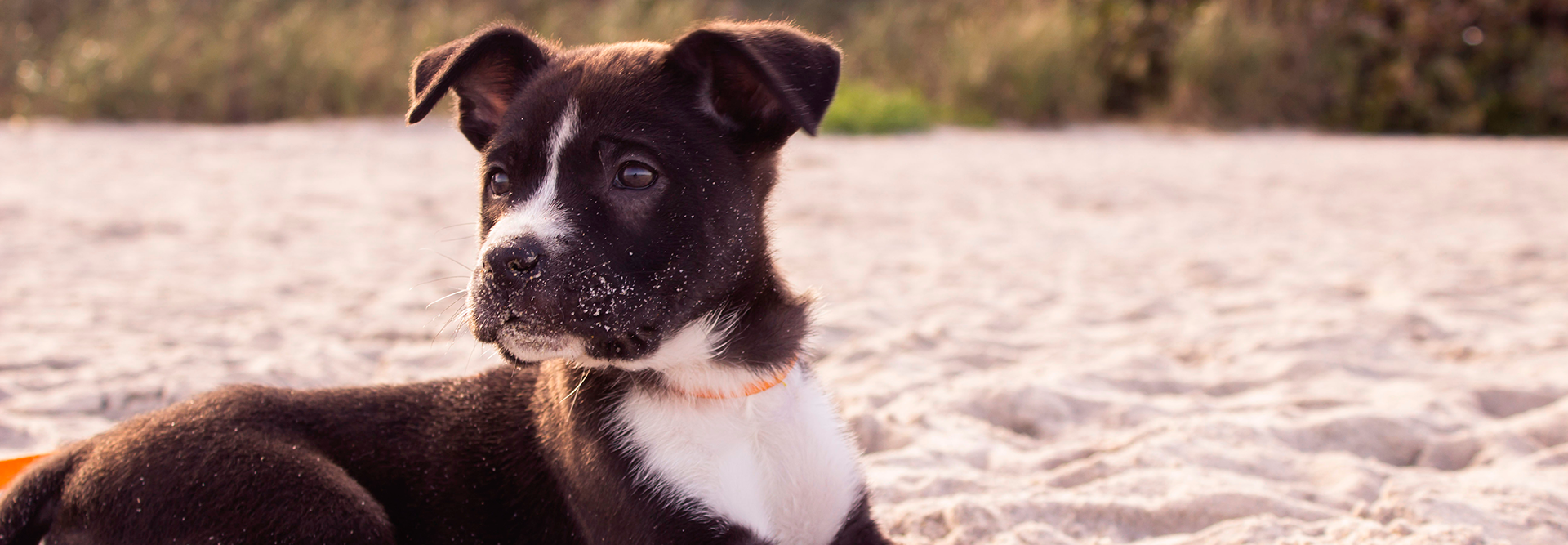Phone: +1 (903) 561-3142

Has your puppy ever bowed at you? If so, you may have been confused at what your puppy was trying to tell you. Don’t worry too much though—play-bowing is common behavior for a puppy that’s eager to play a game with you! Puppies often display various play signals to invite their owners to a playtime […]
Has your puppy ever bowed at you? If so, you may have been confused at what your puppy was trying to tell you. Don’t worry too much though—play-bowing is common behavior for a puppy that’s eager to play a game with you! Puppies often display various play signals to invite their owners to a playtime session. These signals are heavily influenced by your puppy’s age, breed, and social skills so they may exhibit different play habits than other pups.
Generally, puppy play behavior can be organized into 5 types, and mostly consists of exaggerated movements and sounds. Read on to find out about the 5 different playtime habits and when you should break up a play session!
Play-biting, chasing, and wrestling—all of these playtime habits fall under social play. When your puppy engages in social play, they typically engage with other puppies or humans. It’s one of the best ways for your cuddly friend to try out their social skills and will pounce, bark, or play-bow at anyone nearby. Puppies begin engaging in social play at around 3 or 4 weeks of age.
It’s always so cute to see our puppies chase after a ball or chew on their toys. This type of playtime habit is called object play. While it’s mostly a solo habit, you can engage your puppy by throwing their toys at a distance or swing a hose around so they “chase” after water.
Many puppies have an irresistible amount of energy in their little bodies. Sometimes, they just jump into play without any invitation. When you see your puppy jumping, pouncing, or rolling in the grass by itself, your puppy is engaging in motion play. They may even play “ghost tag” by themselves. We know it looks weird, but don’t worry, your furry friend is having tons of fun!
You may see your fur-baby chase their tail or pounce at an imaginary object. Self-play is a way for your puppy to have fun when there’s no one else around. It’s cute but if your puppy only engages in self-play most of the time, you may need to take them to the vet. Chasing tails or biting at imaginary bugs for long periods may be a sign of an underlying health issue.
Unlike the other play behaviors on this list, bad play can be harmful to involve. It includes roughhousing or bullying tactics that can cause pain and other injuries. You should never blame the puppy for their bad play habits. Since they’re young, they may not understand that their bites and rough play are hurtful. If your puppy bites at you hard or causes another puppy to yelp, end the session as soon as possible. Let the puppies relax in another room and resume playtime later.
Playtime is always fun when your puppy is involved. Apart from being a good form of exercise, it also helps your furry friend develop their social skills and bond with you. In fact, according to a study from Puppyleaks, dogs and puppies who do not engage in active playtime will suffer from behavior problems like anxiety. With sufficient play and training, your puppy will likely grow into a well-mannered adult dog! Come into Petland Texas to meet our new puppy arrivals and take home the joy of unconditional love!